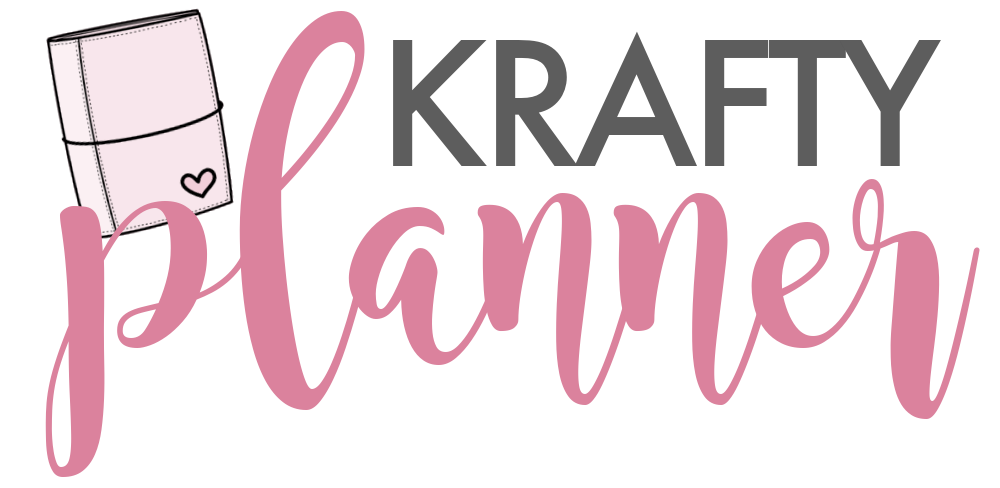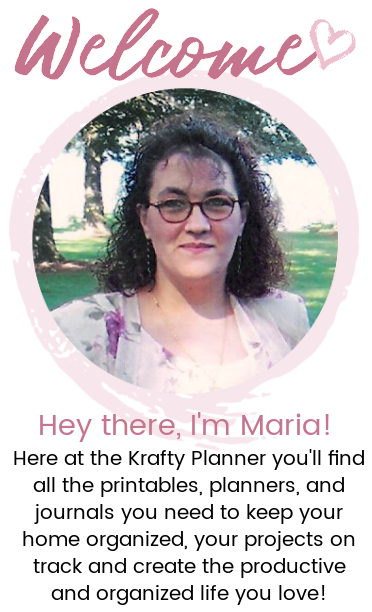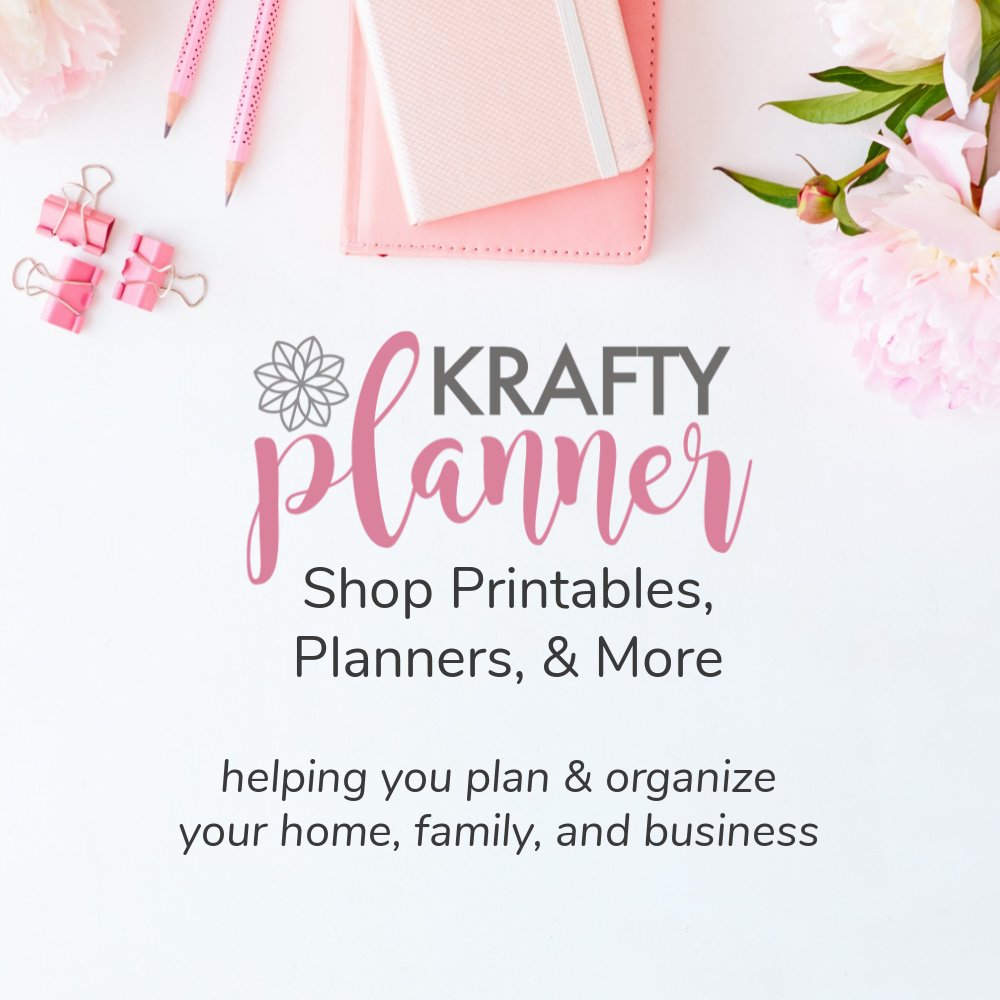Using a Planner to Stay on Track After Addiction Treatment
Entering sobriety brings new opportunities and challenges, requiring structure to stay on track. A well-designed planner helps individuals organize their recovery journey with clarity and accountability. From tracking therapy sessions to self-care routines, it fosters consistency and motivation.
This guide explores how to create a planner that supports long-term sobriety.
Choose the Right Format for Your Recovery Planner
Choosing a planner is a personal decision based on lifestyle and preference. Some enjoy the tactile experience of a paper planner for writing goals and to-do lists. Others prefer digital planners for easy access, automated reminders, and customization.
With technology's rise, 70% of individuals use digital calendars, while only 28% prefer paper, according to Baylor University. This suggests those in recovery may favor digital planning for convenience. However, studies show paper planners enhance accountability and commitment to structured schedules.
For individuals in recovery, a paper planner can offer the structure and accountability needed to support long-term success.
Set Goals and Track Progress
Clear goals provide direction and purpose in recovery, which keeps individuals focused on progress rather than setbacks. Setting short-term, medium-term, and long-term goals ensures steady and realistic growth.
A short-term goal might involve attending therapy, while a medium-term goal could focus on rebuilding relationships. Long-term aspirations often include financial stability or sobriety milestones.
NCBI states the most effective goal-setting strategies in long-term recovery emphasize collaboration, accountability, and structured monitoring for sustained progress. Successful approaches involve setting explicit, actionable goals and regularly reviewing them to make adjustments based on measurable progress. Key factors include client self-determination, motivation, and self-efficacy, ensuring consistency in alcohol and drug use disorder recovery.
Schedule Therapy Sessions and Support Group
Therapy sessions and support groups provide crucial guidance and community in recovery by offering safe spaces for emotional expression and shared experiences. A well-structured planner helps individuals schedule and prioritize therapy sessions to ensure they remain consistent in seeking professional guidance.
Support groups, such as Alcoholics Anonymous (AA) or SMART Recovery, play a vital role in maintaining motivation and accountability. Setting reminders for upcoming meetings helps prevent missed sessions while dedicating space for post-session reflections encourages deeper self-awareness.
How do I handle conflicting work schedules and meeting times?
Juggling work responsibilities and recovery meetings requires careful planning, the prioritization of commitments, and open communication. Using a planner helps visualize conflicts; this allows adjustments before issues arise. Discussing scheduling flexibility with supervisors, setting reminders for visits, and virtual attendance options can help maintain balance.
Manage Medication Schedules
Staying consistent with medication is vital in addiction recovery, and a planner helps ensure adherence. Tracking dosage times, refill dates, and doctor’s appointments prevents missed doses and keeps treatment on track. It’s also important to monitor potential side effects that may arise.
For example, Suboxone, a widely used medication for opioid addiction treatment, has been linked to severe dental issues, according to TruLaw. Many patients experienced unexpected tooth decay, gum infections, and enamel loss, leading to legal action.
The Suboxone tooth decay lawsuit involves individuals seeking compensation for harm caused by these side effects. Many patients were unaware of these risks, which led to a rise in legal action.
While traditional planners aid in medication adherence, technology provides extra support. MIR Publications reports that a study found the Medisafe app increased medication confidence by 8 points. Whether using a digital or paper planner, tracking medication intake and side effects ensures a proactive approach to recovery.
How do I track medication side effects in my planner?
Keeping a dedicated section in a planner allows you to track dosage times, identify emerging side effects, and monitor mood fluctuations. Noting patterns over time, consulting healthcare providers when needed, and awareness of medication risks help individuals make necessary adjustments. This ensures continued well-being throughout the recovery process.
Build a Healthy Routine with Self-Care and Wellness Activities
Incorporating self-care and wellness activities into daily routines fosters mental and physical well-being. A planner helps schedule time for activities like exercise, meditation, creative expression, or socializing so they become intentional practices rather than afterthoughts.
Physical movement boosts mood and energy levels, while mindfulness techniques offer tools to manage stress. Mindfulness meditation, in particular, has been shown to significantly reduce stress in individuals recovering from substance abuse.
ResearchGate advises that a study found mindfulness reduced participants’ stress levels from a mean score of 76 to 51. Furthermore, factors like age, education, and substance abuse duration influenced stress reduction. It confirms mindfulness as a valuable tool for managing stress and fostering emotional resilience in recovery.
Financial and Career Planning in Recovery
A planner assists with budgeting by tracking expenses and outlining financial goals. It also provides a structure for job searches, career guidance, or educational pursuits. Setting aside time for networking, skill development, and professional growth ensures progress toward financial stability.
Furthermore, managing bills long with appropriate savings plans and debt repayment strategies reduces financial stress, which can be a relapse trigger. A well-organized financial plan fosters independence, confidence, and security. It helps individuals build a future that aligns with their recovery goals and aspirations.
Adjusting Your Planner as Your Recovery Evolves
Recovery is a dynamic process that requires flexibility and adaptability. A planner should evolve alongside an individual’s needs, whether shifting priorities or new challenges. Therapy schedules may change, wellness routines may expand, and career aspirations may shift.
Regularly revisiting and making adjustments to the planner ensures it remains a useful, relevant tool. Making modifications keeps individuals engaged; it prevents stagnation or discouragement. The ability to adapt is a crucial skill in recovery, as it reinforces resilience and a forward-thinking mindset.
How do I budget for unexpected expenses while focusing on sobriety?
Building savings and preparing for unexpected costs are key to financial stability in recovery. Tracking expenses, prioritizing essentials, and setting aside emergency funds provide security. Reducing unnecessary costs and using support resources create a structured budget for long-term stability.
Staying Committed to Recovery
A well-crafted planner isn’t just an organizational tool; it’s a companion in the recovery journey. To track progress, schedule essential activities, and integrate self-care, individuals create a structured path toward long-term sobriety.
Regular updates ensure the planner remains relevant as recovery progresses. The act of planning itself reinforces accountability, motivation, and personal growth.
BEFORE YOU GO:
Here are a few more posts you might like:
How to Create a Bedtime Routine That Will Help You Combat Stress
20 Bible Journaling Prompts for Anxiety: Finding Peace in Scripture
See my Link Party Directory for a current list of blog parties I attend each week.
FOR PERSONAL USE ONLY – Please Read Freebies Terms of Use.
(This post may contain affiliate links. For more information, see my disclosures here.)
~ SHARE THIS POST ~
Did you like this post? Do you know someone else who might enjoy it? Please take a minute to share it on Pinterest, Facebook, or your favorite social media… Thank you!























